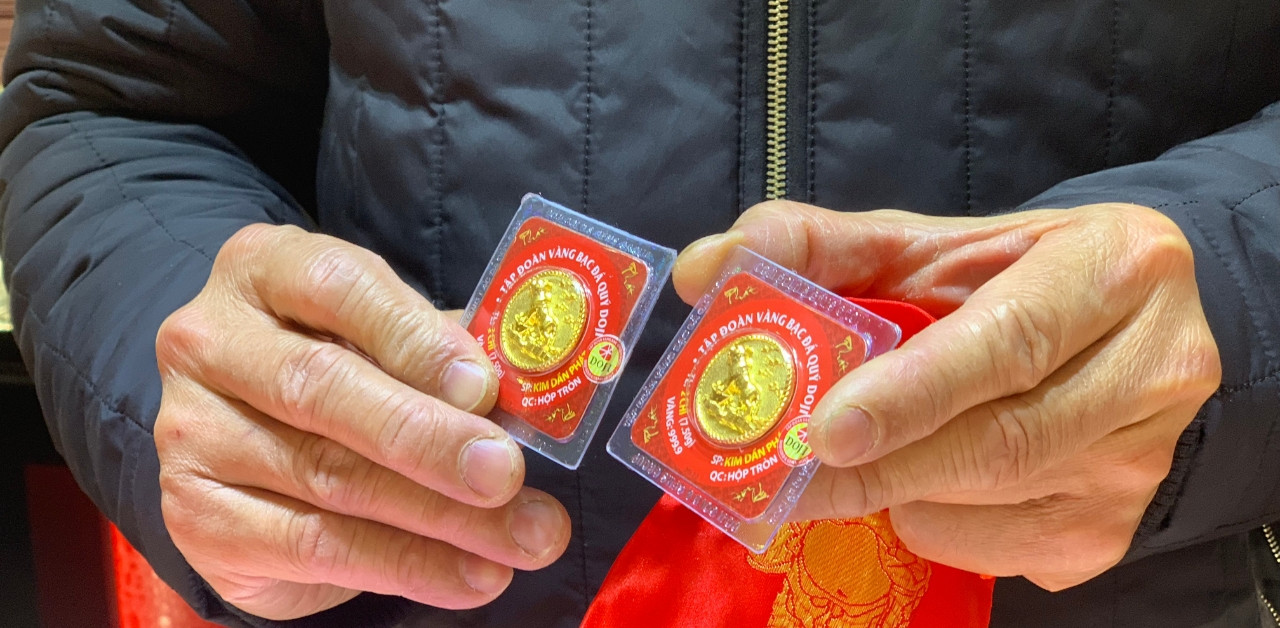Bank profits continue to peak
Asset quality deteriorated, but first-quarter banking profits maintained double-digit growth.
In the first three months of the year, a few banks reported higher profit growth than the average such as VPBank, SHB, Eximbank, LienVietPostBank, Sacombank, SeABank.
Especially with the huge profit, VPBank has taken the top spot of Vietcombank’s profit table by recording an extraordinary income of more than VND 7,000 billion – much higher than the profit generated from core business activities. Most of this extraordinary income comes from the recognition of prepaid revenue from the newly renewed exclusive insurance policy with AIA.
While most banks chose to spread the prepayment fee over many years, VPBank recorded most of it in one period, leading to a jump in first-quarter business results. If you deduct the extraordinary income, the profit from main activities of VPBank is still far behind that of Vietcombank.
Another bank that also had better results in the first quarter of the year than the average was SHB, thanks to a growth of 90% in net interest income due to a good increase in loan interest income and a decrease in deposit costs.
The general trend of the industry is positive growth in profits, but there are a few exceptions such as VietinBank and OCB. Both VietinBank and OCB’s profits dropped sharply, mainly because the cost of provisioning for credit risks eroded profits. These are also the two banks with the strongest increase in provision for credit risks in the first three months of the year.
For example, at VietinBank, profit decreased by 28% over the same period due to an increase of nearly 230% in provision expenses, combined with a decrease in income from credit activities due to a group of customers affected by Covid-19. VietinBank is also a bank with a large potential bad debt balance with a restructuring loan balance because of Covid-19 that is 2.5 times higher than the actual bad debt balance (as of the end of the third quarter of 2021).
However, looking at the positives, VietinBank is in the group of credit banks that saw a sharp increase in the first quarter of the year – something not common in previous years. The credit balance of this state-owned bank increased by 9% compared to the beginning of the year, nearly using the granted credit limit.
System-wide credit also showed an acceleration when it increased by more than 5% compared to the beginning of the year, while the increase in the same period last year was less than 2.2%. Some private banks recorded impressive growth compared to the average, including MB, Techcombank, TPBank and HDBank thanks to lending and expanding bond portfolio (except HDBank).
Besides the main income from credit activities, service income is an important factor contributing positively to the profit growth of private banks in the first three months of the year.
The private banking group recorded a good increase in net profit from services, but on the contrary, the three state-owned banks Vietcombank, BIDV, and VietinBank saw a decrease in this revenue. Net profit from services at VietinBank was flat and dropped sharply at Vietcombank (-20%), BIDV (-10%), possibly due to the free online money transfer program launched in recent months.
In general, net profit from business activities of banks all increased over the same period (except OCB). However, the increase in profit before tax will vary, depending on the expense of making provision for credit risks in the period. In addition to setting aside provisions to have a source for dealing with bad debts when debts cannot be recovered, banks also have to make provisions for debt restructuring because of Covid-19 being kept in the same group.
This year is the second year that banks have to make provision for restructuring debt because of Covid-19 according to the three-year roadmap. Faced with this pressure, most banks have pushed up provision costs. At banks that actively set aside 100% for restructuring loans such as Techcombank, ACB and Vietcombank, the burden of provision decreased in the first quarter of this year.
The increase in provisioning is the main trend when the bad debt ratio at many banks is “bad” compared to the beginning of the year. Overdue debt but not yet bad debt (group 2 debt) also increased at most banks, especially at SHB (up 90%) and OCB (up 97%).
The bad debt ratio has increased compared to the end of 2021 at many banks but is also being controlled below the level in 2020 and 2019. SSI Securities Company also assessed that asset quality at many banks deteriorated due to a number of loans. loans expire, but this is not a concern. Of course, reserve pressure with many banks is still high.
SSI also said that the positive business results of the bank in the first quarter of the year did not fully reflect the impact of recent moves to tighten real estate lending and corporate bonds.
Forecasting for the whole year, many units believe that the profit of the whole industry will still grow positively, but there will be a marked degree of differentiation. According to Vietcombank securities, the growth potential belongs to the group of private banks that continue to lower the cost of capital. Banks that can achieve high profit growth of over 20% include BIDV, MB, Techcombank, ACB, TPBank, MSB. Besides, Vietcombank and MB are two names that have the advantage of credit growth in 2022 thanks to their plan to participate in the restructuring of “0 dong” banks.
Quynh Trang
at Blogtuan.info – Source: vnexpress.net – Read the original article here



